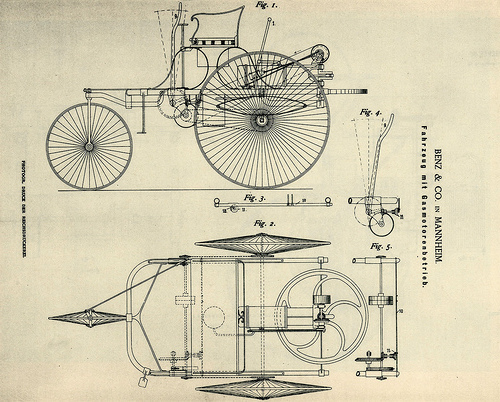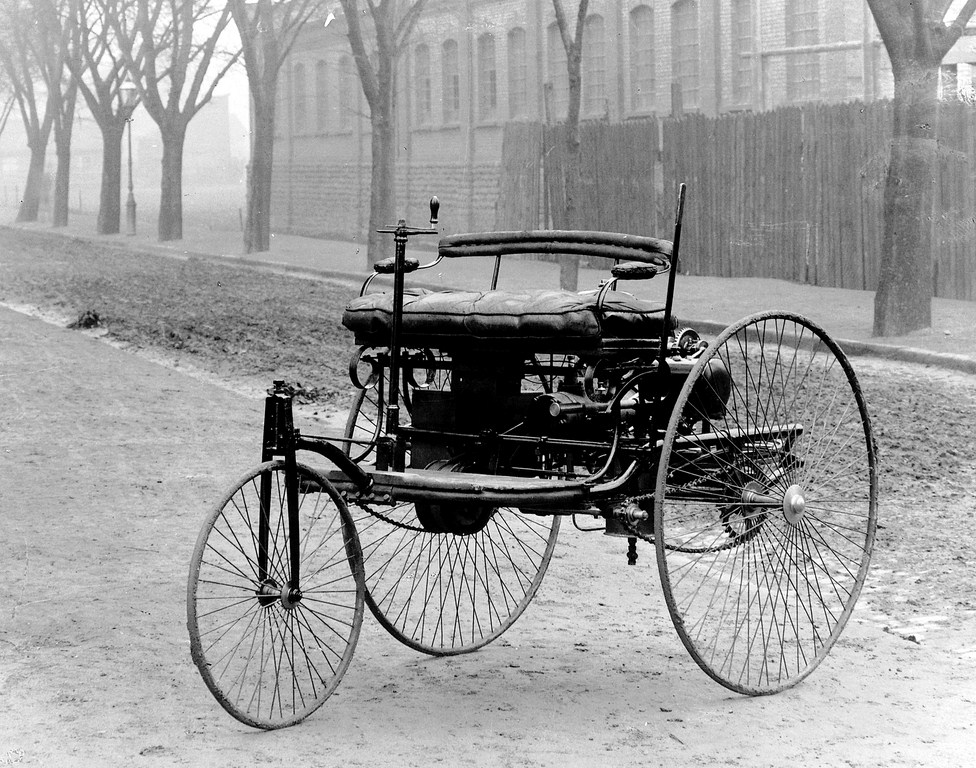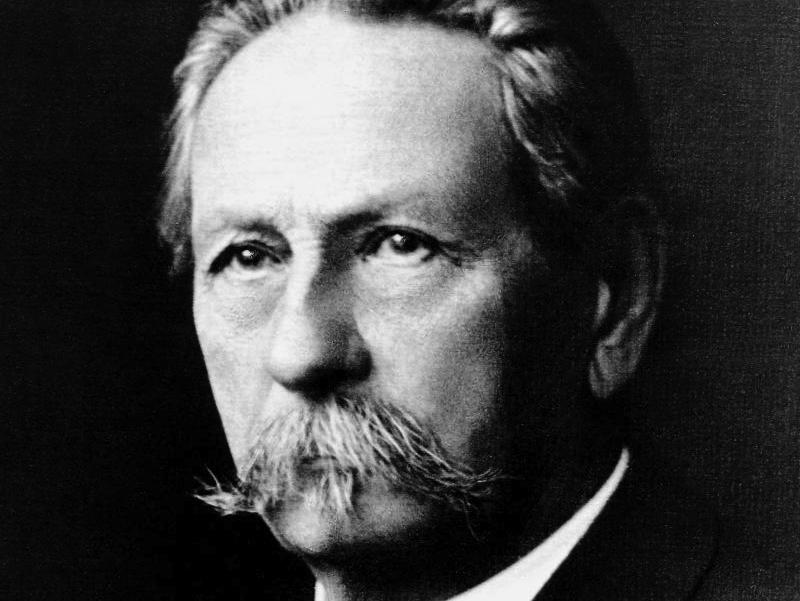It was 131 years ago in Mannheim, Germany when Karl Benz first drove his gas-powered, three-wheeler. The day was July 3, 1886. Benz’ design was ten years in development, but it was, at last, a success.
The Benz Motorwagen wasn’t the first horseless carriage. We’d had steam-powered prototypes of those since 1815.
Also, Karl Benz wasn’t the only inventor chasing the glorious and seemingly impossible dream of a horseless carriage worth producing. By “worth producing,” I mean one that was efficient, didn’t weigh a million pounds and didn’t break down all the time.
Two out of three was a start. All the first gas-powered cars, as with their steam and electrical brethren suffered frequent tuning problems, but the Motorwagen was efficient and didn’t weigh a million pounds.
What Benz had, however, was a workable and simple design which he could duplicate. He also had the first registered patent.
The Benz Motorwagen may have been a three-wheeler, but it took the prize for first in many ways and with good reason. It was a swell automobile.
Karl Benz
He was born as Karl Friedrich Michael Vaillant in 1844. Karl’s last name changed when his mother married his biological father postpartum.
Karl Benz’s father, Johann George Benz died when little Karl was only two years old, forcing his mother, Josephine, to raise him without help. Life for the pair was difficult, impoverished, but Josephine made every concession to put Karl through a decent school.
Karl was a good student. He stuck with it through a secondary education in mechanical engineering. At the time, engineers of that sort designed train parts. Karl envisioned something else; a horseless carriage.
As stated, his idea was not a new one. In fact, by the time Benz set about to make his dream a reality, others were also in pursuit of the same idea. Also, tales of horseless carriages made the rounds from time to time. Karl’s dream was for more than another prototype.
After school, Benz took work learning the trade of engineering. The work did not fit him, so he jumped around for a few years. He worked as a designer, as a bridge builder, and even in the iron construction industry.
These trades would contribute to the well-rounded maker that history remembers as Karl Benz.
Patents and more patents

Motorwagen Patent | cameralenscompare.com
During the 1870s and first few years of the 80s, Benz operated a machine shop where he built motors and his first two-stroke gas engine. He received that patent in 1879, setting him up for success in the coming years.
On top of that, he patenting several other systems, which are now standard in cars: a speed regulation system, a spark-driven ignition, the spark plug, the carburetor, the clutch, the gear shift, and the water radiator. Part by part, Benz invented the car.
When he partnered up with the owners of a bicycle shop in 1883, the trio formed Benz & Cie, and started to produce gas engines in addition to their bikes. This work reinvigorated Benz’ dream to make a horseless carriage.
In 1885, Benz made the first version of the Motorwagen, but it was problematic. It crashed during a demo. Then, a year later he made the first successful Motorwagen. The first test drive was July 3rd.
The Motorwagen
Under the hood, er… seat, the Motorwagen cranked a .75 horsepower engine. Read that again. That was point-seven-five, not seventy-five.
The internal combustion engine was one-cylinder, but two strokes. It had enough torque to go, but not enough to climb hills. That, Benz would rectify in the subsequent model.
To keep from overheating, the Motorwagen engine ran on a water-cooled system. The body of the carriage was very carriage-like. The frame was tubular, like a bicycle.
The steering was by a tiller, centered between the two-seat bench, so one could drive from either seat. It was rear-wheel drive, via two chains like a bicycle.
Braking was accomplished via a huge lever on the side, sloppy, but effective. Had the Motorwagen been as fast cars even ten years into the new century, the brake would have been problematic.
As it turned out, the top speed for Benz first viable car was 10 miles per hour, a snail’s pace compared to the low-tech alternative, horses. That said, the brake worked fine and the Motorwagen was something to behold.
Considering how the Benz name resonates in the automotive industry as Mercedes-Benz, it was definitely something.
Today’s Benzos run the gamut from the super luxurious to the super fast. The AMG division of the brand races in the Formula One circuit, a far cry from 10 miles per hour under .75 horsies. In 2014, Mercedes-Benz released a 622 horsepower AMG SLS that could go from 0 to 60 in 3.2 seconds.
To think, it all started with a poor kid from Mannheim, Germany.



